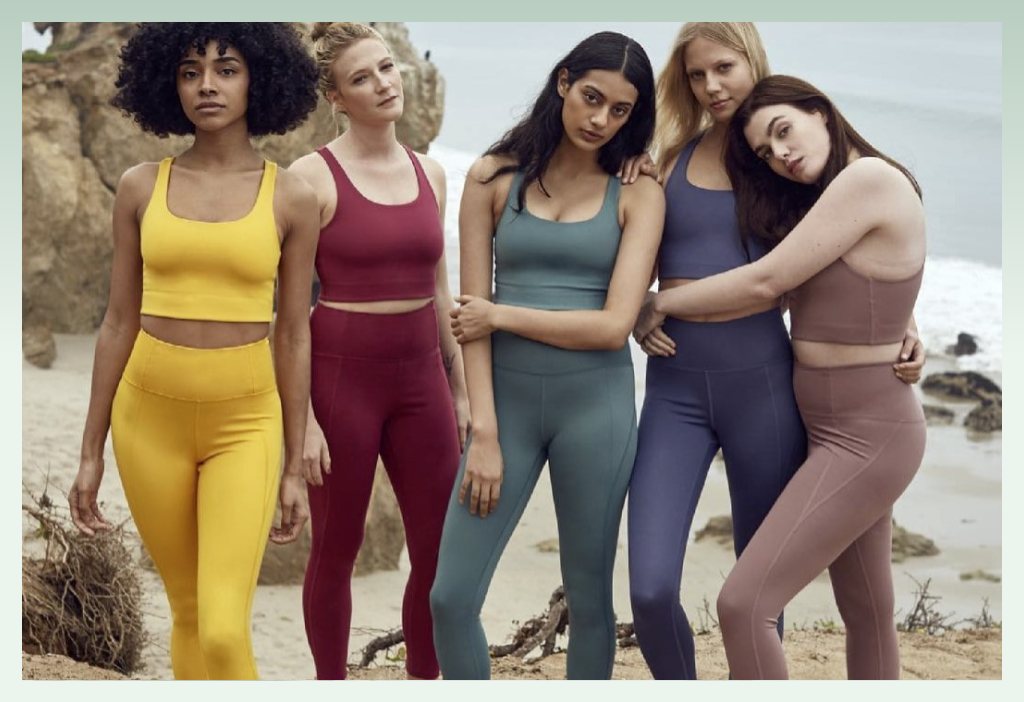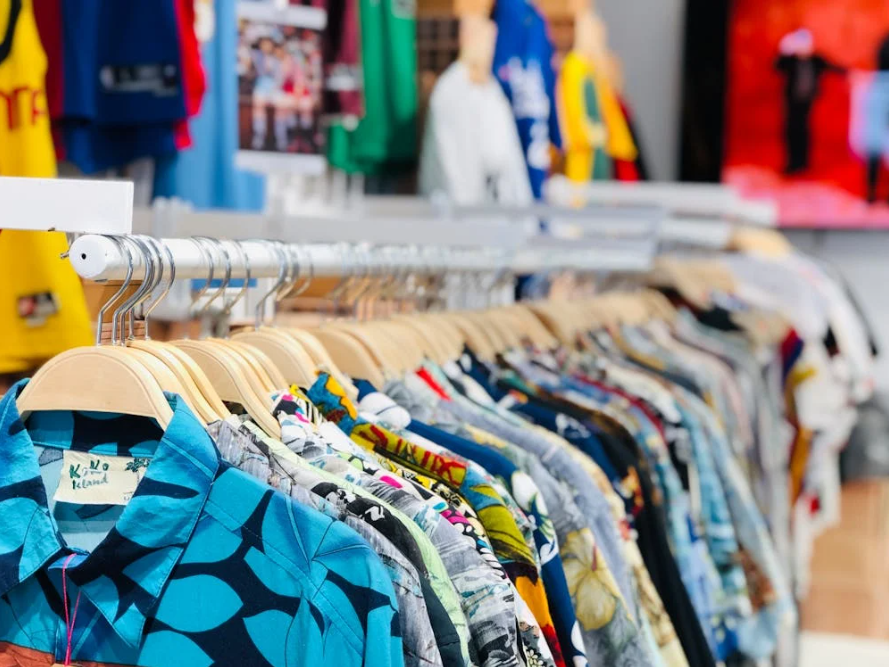When I think of labels, I remember the first shirt I ever made: even the tiny tag felt important. Labels are that small handshake between you and your clothes. Modern buyers expect at least three things on a garment tag: the brand name (to know who made it), the size, and the care/fiber instructions (to know how to wash it and what it's made of). A brand logo or name usually sits at the back of the neck, a size tag (like “M” or “XL”) might be there or in the waistband, and the care/content label is tucked into a side seam. Together, these tell the garment’s story and keep everyone happy – from the shopper to customs inspectors.
Shoppers today expect a brand label at the collar, a clear size tag, and a care/content label with wash symbols. These meet legal fiber and origin rules and also build trust. For example, EU law says a textile’s fiber content (percentages of cotton/polyester, etc.) must appear on a durable . In the US, the FTC even mandates that the “Made in….” label go inside the center back of the . All in all, customers want labels that are clear, easy to find (when they care), and honest about .
After we cover the basics, let’s talk about placement. Buyers care about comfort and style, not just information.
Where Should You Put Clothing Labels for Comfort and Brand Visibility?
Getting label placement right is a balancing act between comfort and branding. Personally, I’ve thrown out many itchy shirts and vowed to do better. In general: back of neck vs. side vs. hem vs. sleeve, each spot has pros and cons. A classic spot is the back-neck (inside collar) – many manufacturers attach the brand and care label . It’s easy for shoppers to find “who made this” and “how to wash it,” but it can scratch the neck if you’re sensitive.
On the flip side, sewing the label into the side seam hides it from . This is comfortable (no scratch on your neck) and still accessible; you just have to feel for the seam. Many denim and yoga pants brands do this – the label peeks out at the waist or hem. Another spot is the hem or sleeve: think of a small woven logo tag at the bottom edge of a t-shirt or on a jacket sleeve. This makes the brand part of the design and instantly visible to . For example, jeans often have an outside label on the back waistband (that leather patch with the logo) and an inside label .
I learned from experts that the side seam is the least obtrusive place, perfect for care instructions, while visible hem tags or sleeve patches are great for style . In practice, a small table might look like this for label spots:
| Label Spot | Purpose |
|---|---|
| Back neck | Brand name/logo, size (prominent) |
| Side seam | Care/fabric info, washing symbols (hidden) |
| Bottom hem | Slim brand tag or logo (visible style) |
| Sleeve/waistband | Branded patches (prominent) |
If I’m designing a tee, I might place the logo inside the collar for brand ID, tuck the care tag in a side seam, and even add a little logo flag at the hem for fun. Talking with other makers, they often say: “We design the label layout in the tech pack to hit all these goals.” It’s that careful planning (and sometimes a bit of compromise) that gives a garment a professional feel and happy customers.
Can Tagless Labels and Heat Transfers Improve Activewear and Sustainability?
Ever been on a hike and had a shirt tag itching your skin? That’s where tagless/heat-transfer labels come in. Tagless labels print or press the info directly onto the fabric with special ink – no sewn tag needed. I’ll never forget running after a tag once; since then, I became a fan. These heat-applied labels are super soft. The company WovenLabelSource promises their tagless labels stay bright even after 100 washes, feel smooth, and cause “zero irritation. Ideal for sports, kids, babies”
Technically, they use water-based inks and a hot press. On garments, this means the label is “baked” onto the inside. Many brands of activewear or children’s clothes use this method for comfort and minimalism. It also fits an eco-friendly vibe: because some tagless inks are made from organic or recycled materials, they match up well with organic fabrics. (Imagine a soft organic cotton tee with a tiny printed care label – feels clean and green.)
In use, tagless labels also cut costs: no separate piece of label stock or extra sewing. WovenLabelSource says “you will save a lot of money with tagless labels because you do not need tailor work… It can install with [an] iron”:contentReference[oaicite:22]{index=22}. And durability is solid – they claim you can’t even scratch off the print without ruining the fabric:contentReference[oaicite:23]{index=23}.
- So yes, tagless and heat-pressed labels are a modern option, especially for performance or eco lines. If your buyer is an outdoor brand or a big on sustainability, pointing out “printed label, no itch” or “heat transfer logo” can be a selling point. It fits well with organic/bamboo/hemp clothing too – the seamless look and feel just stay on mission.
-
contentReference[oaicite:24]{index=24}
How Can Clothing Labels Share Your Brand Story and Eco Message?
Labels aren’t just data tags anymore; they’re a chance to talk about your brand. In recent years, designers have started adding little stories, quotes, or tech features to them. Think of the label as a tiny billboard inside the shirt. For example, a clever question I ask myself: What if my label could do more than laundry tips? Some brands are already doing exactly that.
One idea is digital tags: put a QR code or even an NFC chip on the label. A brand called POMP put a QR code on the care label that, when scanned, tells you how to recycle the shirt or get a discount. Another luxury brand, Another Tomorrow, added a QR on their inner tag that takes you on the garment’s full journey – farm, factory, even how to resell it. I love that: it literally lets customers scan their brand values in seconds. It turns a simple tag into an interactive experience.
You can also print or weave motivational quotes, the maker’s signature, or sustainability commitments right on the label. For instance, I once saw a sweater with “Made by women in fair trade factories” embroidered on its label. It felt personal and made me proud to wear it. Even small details like green leaf icons or a short line “We use 100% recycled plastic bottles” add character.
So in short: get creative with label messaging. Use a placeholder code or a tiny logo on the care tag to invite people online, or simply add a brief brand slogan on the sew-in label. These little touches make the label an extension of your brand story. It’s not just another tag; it’s another touchpoint with the customer where you can reinforce quality and sustainability values.
What Are the Global Label Requirements for Apparel?
Label laws vary around the world, so our final rule of thumb is: play by the local book. It’s serious business — labels can make or break a product’s legality. For example, the EU legally requires a durable textile label showing fiber percentages (like “80% cotton, 20% polyester”) in the local language. They want exact fiber names (no slang terms) and percentages descending. Care symbols aren’t legally required in every EU country, but they’re advised (and often expected) to avoid returns. Importantly, anything with non-textile animal parts (like leather patches) must say so.
In the US, rules are stricter: every garment must list fiber content, have a country-of-origin label, and include care instructions. The FTC even says the “Made in…” line belongs at the collar center. Skip that and you risk trouble – even big brands get fined (for instance, Tommy Hilfiger paid over $300k for missing proper origin labels. The US also lets you use an RN# instead of a full company name on the label if you register it.
Down in Australia, they flipped fiber rules: textile composition labels were dropped in 2011, so fiber % isn’t mandatory (except NSW state still has its own law). But they have strict care label laws enforced by ACCC – you must clearly guide on washing, ironing, what cleaning costs are, etc. Everyone there expects a detailed care tag. Country of origin is handled by consumer protection laws (so you’ll often see “Made in China” or such on Aussie labels too).
A quick table might summarize key points:
| Region | Mandatory Label Info |
|---|---|
| EU/UK | Fiber % with official names; country origin in some markets; care symbols optional (but recommended) |
| USA/CA | Fiber %, country of origin (e.g. “Made in China”), care instructions (FTC rules) |
| Australia | Care instructions required by law; fiber labels voluntary (except NSW); origin labeling enforced |
Always double-check the latest regulations for each market. Buying clients often ask: “Can you certify your cotton?” or “Do you meet GOTS standards?” While those aren’t label law, they want proof. So you might note “Organic Cotton – GOTS” on a tag (even if not legally required). In short, meet the must-haves (fiber, origin, care where needed) and then use label space wisely. As one industry blog put it, the label is often the first place people look when asking “where’s this from?” or “how do I wash it?”, so better make it .
Conclusion
Labels may be tiny, but they carry weight. From neck to hem, every tag should balance comfort, branding, and compliance. Do it right, and your label reassures customers about quality, tells your story, and keeps regulators happy — all in one small package.





